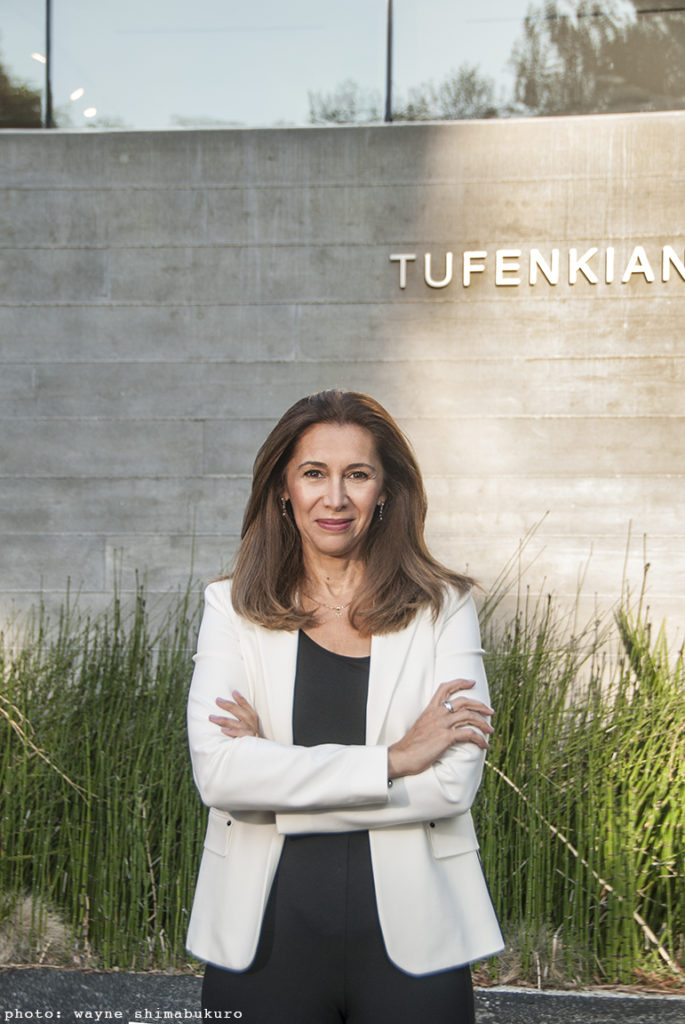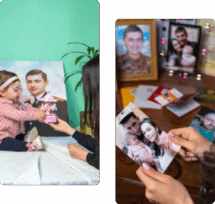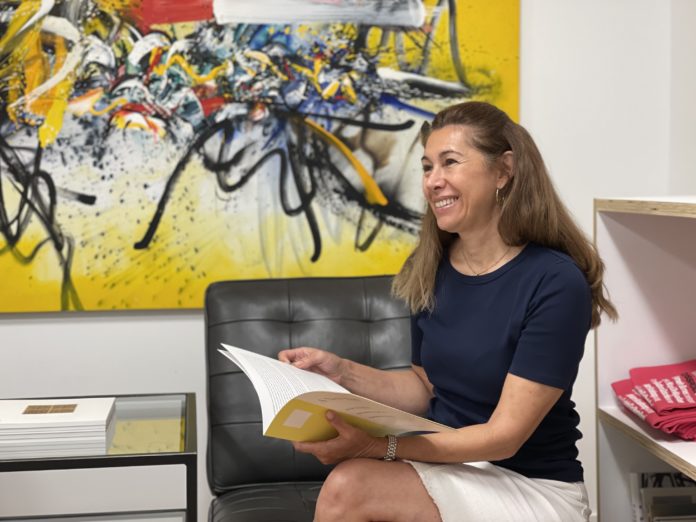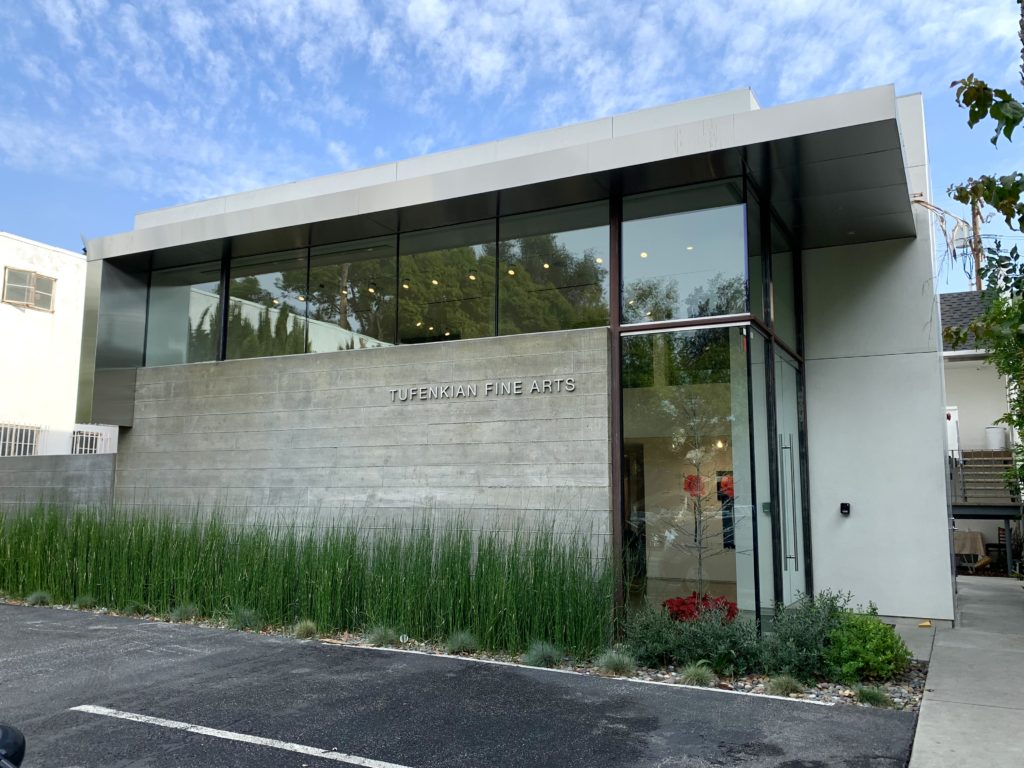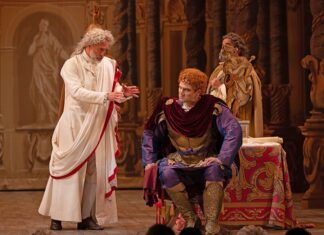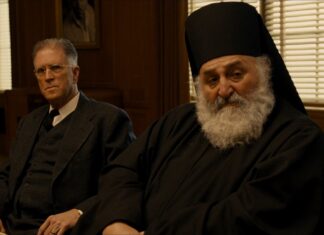GLENDALE — Back in 1998 when Caroline Lais-Tufenkian was working on her thesis, Neery Melkonian, an art historian and critic, encouraged her to curate and put together an exhibit whenever she has a chance. And so, she did. In 1998 Caroline organized an open exhibit featuring a local, Los Angeles-based artist Seta Manoukian. The event proved a success and set a certain future for Caroline.
One exhibit followed another, and when her children grew up, Caroline decided that it was time to fulfill her longtime dream-opening an art gallery.
In 2015 Caroline and Greg Tufenkian established the Tufenkian Fine Arts Gallery in Glendale, on San Fernando Road. That’s where I first visited and felt that this was just the right amount of a contemporary art one can consume in a diverse but still conservative city like Glendale.
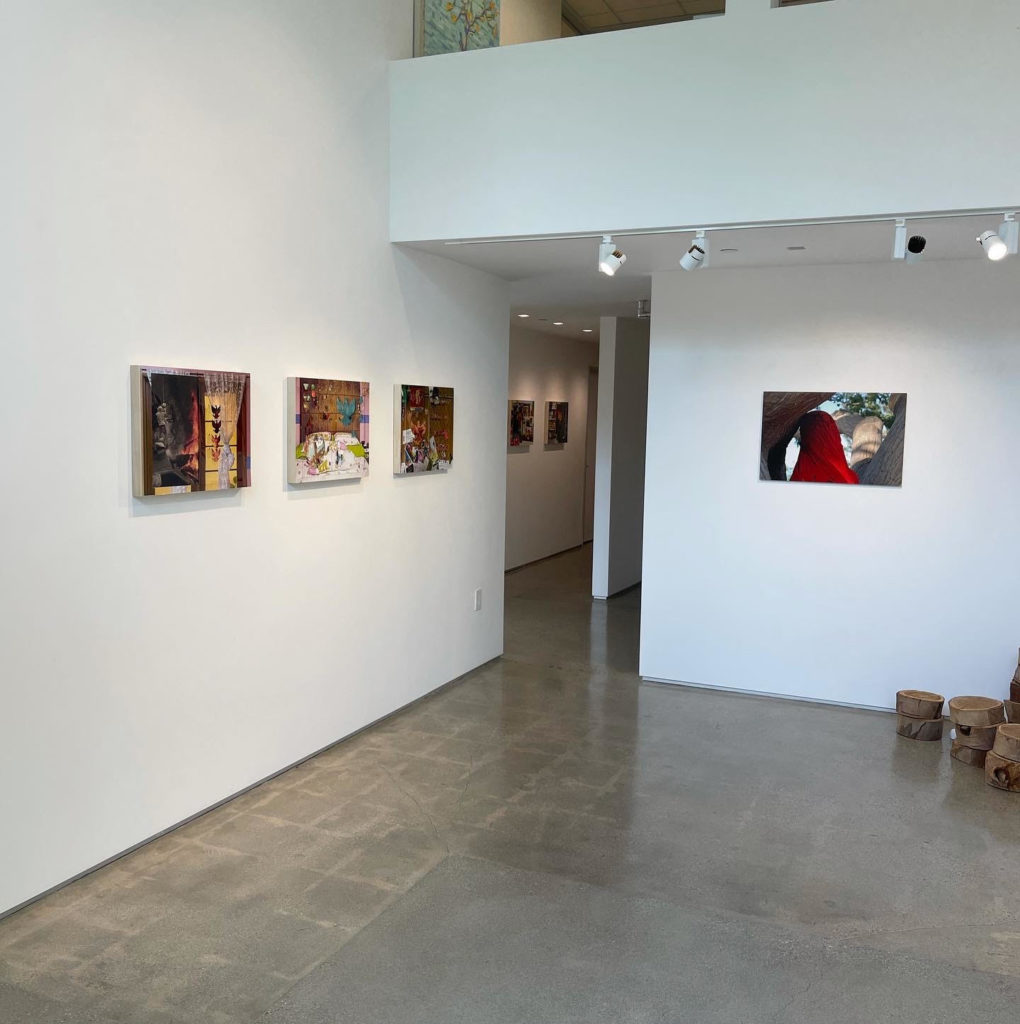
Soon, in 2017 another location on Louise street became available, one that was perfect for Tufenkian Fine Art. The two-story building with an artistic combination of wood glass and green plants a little hidden between buildings but nevertheless, with more centralized location allows it to be close to the downtown, central library and the soon to be built Armenian American Museum. Will the fact of a new museum decrease the significance of Tufenkian? “I think it’s going to be great! There is going to be a lot of room to collaborate. Galleries and museums work hand in hand all the time.”
Caroline is in her office, which is really another gallery room filled with art pieces where even her desk seems like a part of an exhibition. Greg Tufenkian works in the room next door and we can hear his voice through the empty gallery (it’s Monday and the gallery is closed). “I would never be able to do this without Greg. He is the backbone of this business. He is behind everything, but he is more on the business side of the gallery,” said Lais-Tufenkian with a smile.
Lais-Tufenkian was born in Switzerland but her family moved to Iran one year later, since her mother was from there. But Caroline had an uncle in Glendale whom she visited every summer. During the revolution in Iran, when she was 11 years old, her family moved to the US. She studied art history at California State University where her future was determined as an art historian, consultant and curator.
